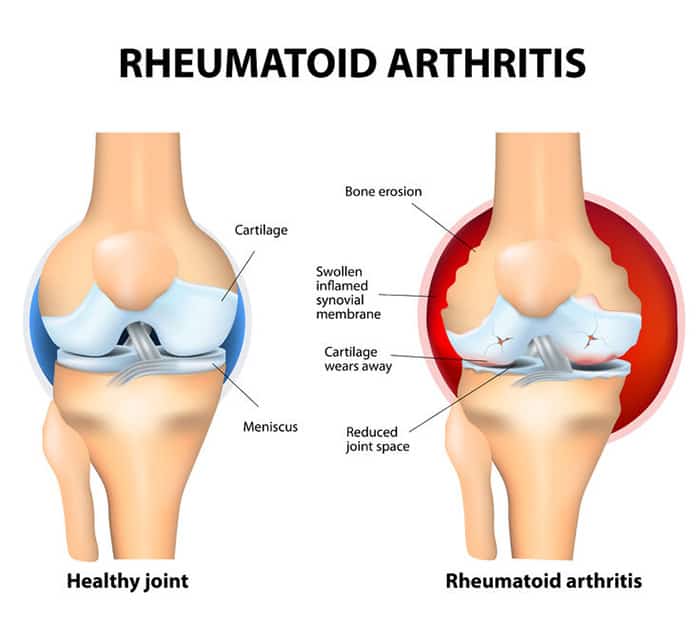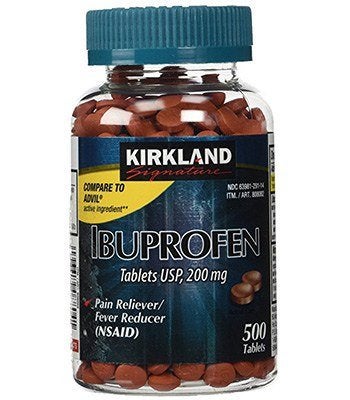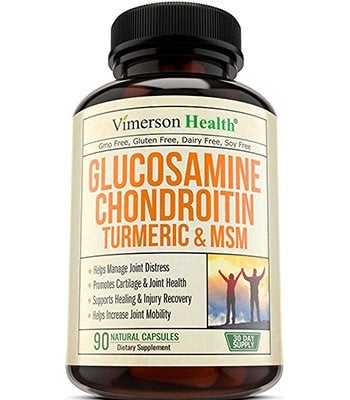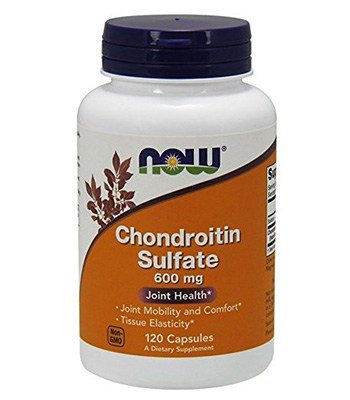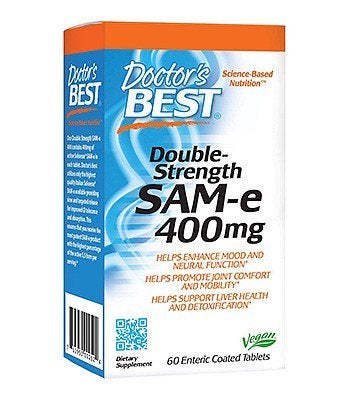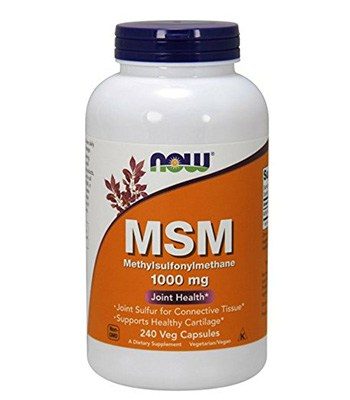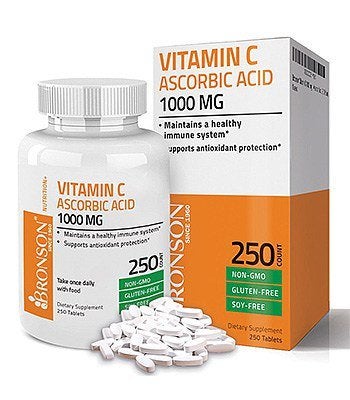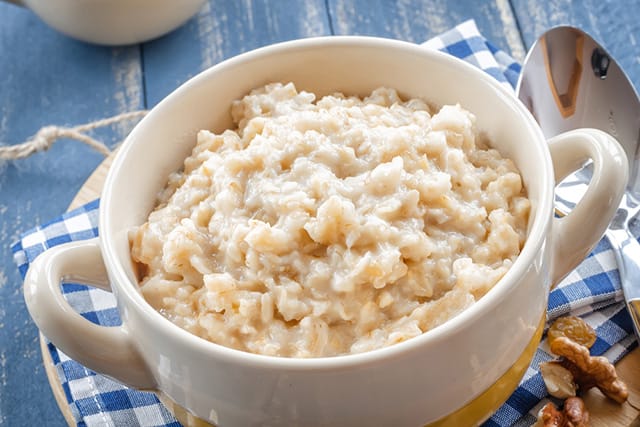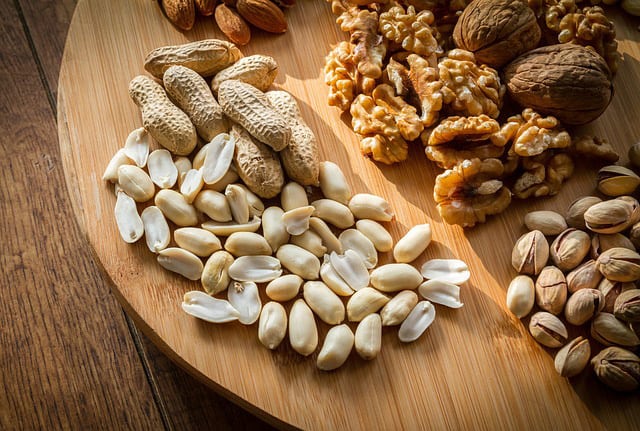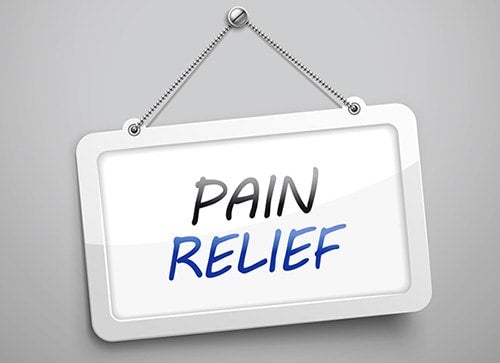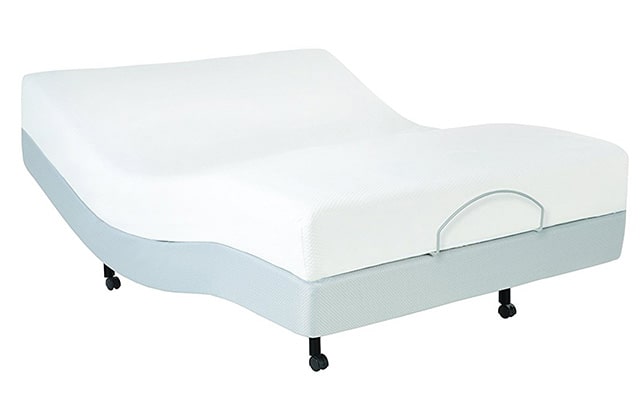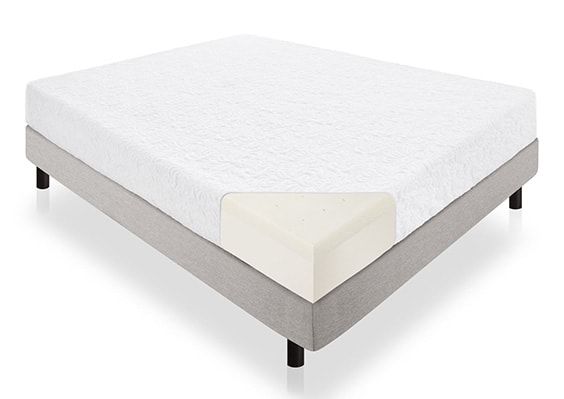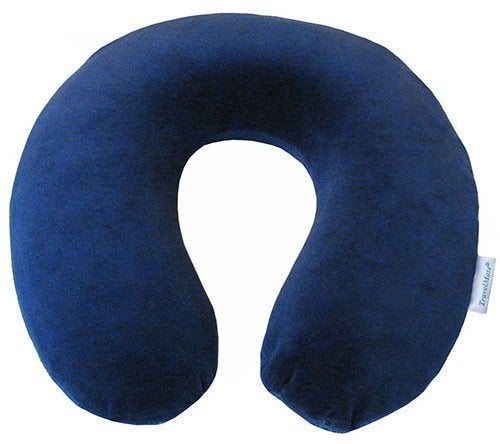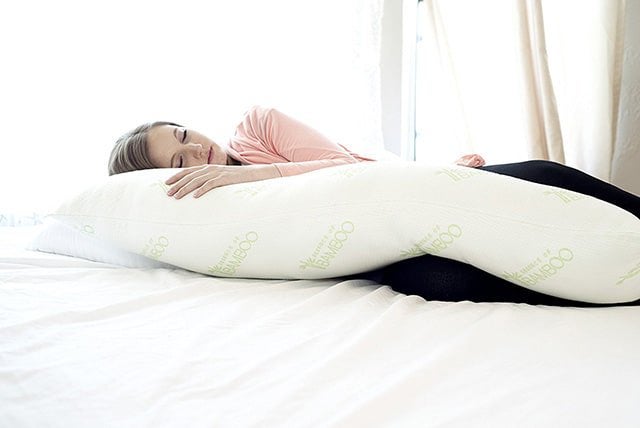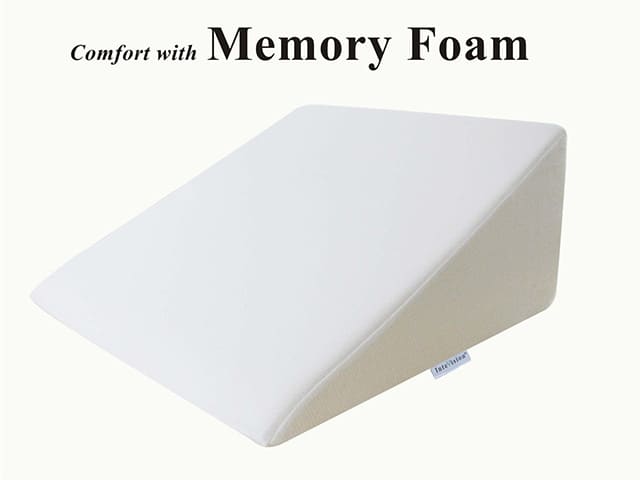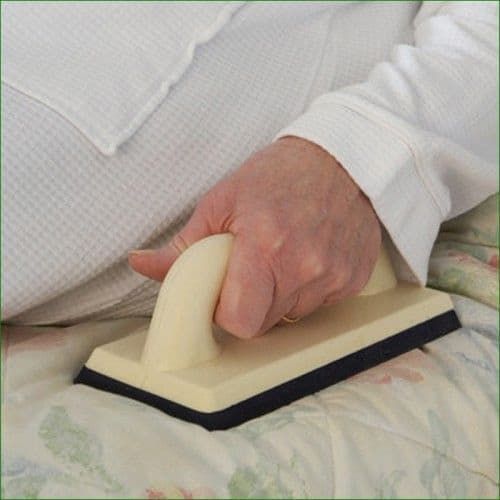Waking with aches and pains that don’t go away may not always have to do with strenuous activities or a poor sleeping surface. Persistent joint pain may be associated with arthritis, a painful affliction that is often associated with aging, despite over half of the people suffering from it being under 65 years of age. It is estimated that up to 350 million people worldwide suffer from various forms of arthritic pain from all age groups, including a quarter million children in the United States alone.
Arthritis is not actually defined as a single disease, but rather a term used to describe joint pain or joint disease. It may refer to only one joint affliction within body, or many, and has over 100 different terms associated with it. It is not specific to any sex or age, although it is more common amongst the elderly and women due to the changes our bones and joints undergo due to hormonal fluctuations and use through the years.
If you suspect you are suffering from arthritis, or have already been diagnosed with it, you are probably already aware that it may infringe upon a good night’s sleep. There are many things you can do to help alleviate your pain each night with a little bit of research and motivation on your part.
You may be interested in: Sleep Tips and Guide to Bedding for Pregnancy
What are the Symptoms of Arthritis?
Although the symptoms of arthritis vary from one person to the next and can range from mild to severe pain that may come and go, or even progress for years and suddenly decline, they all have some very specific commonalities.
Internal, or external, swelling, pain, and stiffness of the afflicted joint is common which may also result in a deceased range of motion that may become permanent without therapeutic measures. Severe symptoms can result in an inability to complete everyday activities and even make it painful to walk or climb stairs when hip and knee joints are affected.
Arthritis can also cause permanent joint changes which may become visible, such as knobby finger joints, although most damage can only be determined with use of an x-ray. Some types of arthritis may also affect heart, lungs, kidney function, eyesight, and can even cause skin conditions. Knee pain, hip pain, and back pain are some of the most complained about joint issues that are difficult to treat. Many times symptoms are worse in the mornings after a period of rest and non-movement, and in some cases patients present with anemia (a low red blood cell count) and fever.
What are the Differences Between Osteoarthritis and Rheumatoid Arthritis?
Osteoarthritis and Rheumatoid arthritis are the two most commonly diagnosed arthritic conditions. The symptoms of these are going to be the focus of this article to help define various ways to help alleviate your discomfort in relation to how well you sleep each night. Even though there are many other types of arthritis diagnoses, the pain from one to the other is similar in nature and the suggestions presented here may help alleviate any form you may have been diagnosed with.
Osteoarthritis is defined by the degeneration of cartilage, the cushioning material found at the ends of your bones between joints. This causes bones to wear upon one another resulting in joint pain, swelling, and stiffness. This can cause joints to become weak over time. There are many risk factors associated with this type of arthritic condition, and include obesity, family genetic history, age, and injury to the afflicted joint.
Most afflicted patients are older due to the wear and tear of the years upon their joints, but more and more younger patients are been recently diagnosed due to repetitive motions upon specific joints during sports and other physical activities. Previous injuries to joints also increase the likelihood of eventually being diagnosed with osteoarthritis.
Rheumatoid Arthritis is categorized as an inflammatory disease and is more likely to be seen at any stage of a person’s life. Defined as a chronic autoimmune disease, it occurs when your body’s immune system mistakenly attack healthy tissues by confusing them with foreign bacterias and viruses. As with Osteoarthritis, Rheumatoid arthritis (RA) also deals with the cartilage found between joints, but instead of a wear and tear on the cartilage itself, inflammation of the synovial fluid which lubricates the cartilage occurs due to the disease.
The surrounding tissues swell in attempt to protect the joint which then causes stiffness and painful movements, and can lead to joint erosion over time. This will also lead to a weakening of the ligaments, tendons, and muscles surrounding the afflicted joints. Genetic and environmental factors can both contribute to this disease at any age, although most people are diagnosed between the ages of 40 and 60 years of age when symptoms worsen.
How is Arthritis Diagnosed?
Patients typically make appointments with their doctors due to persistent, or chronic, localized joint pain and stiffness that has not been associated with recent injury, nor been relieved with common over the counter pain remedies. Doctors begin with physical exams that check for joint swelling, redness, or warmth, and also record range of motion. Depending on their findings, they will often suggest further tests that include:
-
-
- Blood and body fluid tests that help determine the type of arthritis you are experiencing.
- X-rays to show cartilage loss, bone damage, and bone spurs (a buildup of calcium on the bone). These may not always shoe damage, but can be used to help track the progression of the problem.
- CT scans that provide a more detailed look at internal structures as well as soft tissue damage that x-rays are unable to read.
- MRI (imaging) provides detailed cross-sections of cartilage, ligaments, and tendons.
- Ultrasound allows for a detailed look at soft tissues, as well as the fluids found within joint structures. This also provides a guide for needle placement for fluid tests and pain relieving injections you may be prescribed.
-
Arthritis and it’s Effects on Your Overall Health
Other than the associative joint pains and limited range of motion that arthritis has on your body, there are many other symptoms you may experience, especially if left untreated. Arthritis can become a very debilitating disease, and can ruin more than just your physical health.
Physical complications
-
-
- Chronic RA can lead to osteoporosis, a weakening of bone density
- Inflammation of wrists often cause carpal tunnel syndrome, which can be surgically repaired, but may recur due to arthritic symptoms.
- Your circulatory symptom may become compromised due to persistent inflammation which can lead to a decrease in red blood cell production. This causes anemia as well mentioned above which can also interfere with blood flow that affects heart, nerve, skin, and even brain function.
- RA may also cause inflammation of the fluid around your lungs which can lead to respiratory illnesses and high blood pressure.
- When you immune system is compromised, your body is unable to fight off the attacks of true diseases and viruses as it should- which can lead to chronic illnesses.
- Extreme and lack of energy is common in people with regular arthritic symptoms, not only because of a discomfort during their sleep, but also because their body is working to help offset the pain and inflammation within the body.
-
Mental complications
-
-
- Living with chronic pain conditions can negatively affect one’s mental state and a large percentage of people with regular arthritic symptoms complain of depression, stress, and emotional distress.
- Daily chores and careers are often interrupted by chronic arthritic pain, which can lead to financial issues.
- Financial stress can also be experienced due to the complications with arthritic treatment, medical billing, and out of pocket expense to alleviate symptoms.
-
Help Alleviate Arthritic Discomfort
Luckily there is a lot of information known to doctors concerning arthritis, its causes, and how to best treat symptoms. The key to all this is to first get diagnosed if you suspect you may be suffering from arthritis in order to help keep it from progressing and causing you further discomfort. Once you have a good idea of how your body is specifically being affected, then you and your doctor can find the best pain relief plan for you.
Medications and Supplements
Always be sure to discuss with your doctor any supplements or medications you are taking, or wish to take, to avoid complications or mixing of certain drugs. Side effects of anything you take is always a possibility, and so therefore it’s prudent to weigh those with the discomfort you are already experiencing in order to make sure you aren’t trading one pain for another.
NSAIDS, such as aspirin and ibuprofen, are anti-inflammatories that block certain enzymes that cause inflammation to reduce stiffness and pain. Typically these are used in conjunction with other drugs for long term effectiveness as NSAIDS do not treat the disease, just alleviate symptoms.
Glucosamine is a product found naturally in the cartilage of our joints which possess anti-inflammatory processes, which is no surprise since it does help cushion and protect our bones. Taking supplementary glucosamine helps support overall bone health and may alleviate pains associated with osteoporosis and bone degeneration.
Chondroitin is a building block of healthy joint tissue and is an important component of cartilage. It works in conjunction with glucosamine to help keep your joints working properly. When taken orally, usually with supplemental glucosamine, it helps rebuild lost tissue and support healthy joint function.
SAM-e is a molecule naturally occurring in our body that supports multiple functions and is part of the process that deals with how our body reacts to pain. It can be taken orally for many different reasons, and has been found to help alleviate pains associated with osteoarthritis.
Omega-3 fatty acids are most often found in fish oil supplements and have been used to help alleviate inflammation, as well as in support of healthy brain function. It’s anti-inflammatory properties have been successfully used to alleviate pain associated with inflammation and autoimmune diseases.
MSM is a naturally occurring chemical found in many foods that is thought to help form connective tissues in the body. When taken alone studies have shown that it may help reduce inflammation in some patients, but when taken with glucosamine and chondroitin more positive pain relief has been seen.
Vitamin C is an antioxidant and is beneficial in our overall health. Found naturally in many fruits and vegetables, it is also water soluble, and can be taken in a supplemental form without fear of a buildup in your system. It helps with inflammation, as well as blood flow, and although may not treat arthritic pain directly, those who take it regularly seem to have less severe symptoms.
Devil’s Claw is a native South African fruit that has been widely used to fight inflammation relieve arthritis-related pains. There are not many studies surrounding side-effects or drug interactions, and so it should only be used with doctor’s supervision.
Foods to Add to Your Diet
When you suffer from painful arthritic flare-ups you should take a look also at what you are regularly putting into your system that may help, or hinder, how well you deal with the discomfort. There are some foods that can help alleviate pain and inflammation, as well as improve overall health function to better allow your body to cope, and heal from the effects arthritis can cause.
Green tea contains an antioxidant that helps to inhibit certain inflammatory chemicals in the body and may also prevent cartilage from breaking down.
Turmeric is a spice most often found in curries, and is known for it’s strong anti-inflammatory properties.
Ginger can be used in a variety of ways both in foods and drink, and has long been known for its stomach calming properties. It contains proven anti-inflammatory benefits that has helped in alleviating arthritic associated pain.
Anthocyanins are found in fruits such as cherries, berries, grapes, eggplant, and plums and are a powerful antioxidant that inhibit certain inflammatory chemicals. Plus it supports connective tissues found in joint and muscles.
Carotenoids are found in many orange, red, and yellow fruits and vegetables, and are a powerful antioxidant that may help reduce the risk of developing inflammation related disorders.
Olive oil contains a natural compound called oleocanthal, which blocks that same inflammatory nervous pathways as ibuprofen and and aspirin; both are commonly used to help alleviate arthritic inflammation.
Many processed grains can actually increase chances of inflammation, but there are some that have properties to help alleviate it. Stick to whole wheats and oats, as well as brown rice, barley, rye, and quinoa to reap the benefits of highly digestible, fiber rich flavor.
Many raw, unsalted nuts and seeds are rich in proteins, omega-3s, and healthy fats to support immune health and even suppress inflammation. Stick to walnuts, peanuts, almonds, pistachios, flaxseed, and chia seed in serving size portions as part of your regular diet.
Food That May Cause Flare-Ups
Just as there are foods you should add to your diet to support your overall health and comfort, there are also many you should avoid that may initiate painful inflammation. Highly processed or synthetic foods take more energy to break down in your body and keep it from putting energy where it’s needed- towards healing and support of any pain you may be experiencing.
Reduce or cut out dairy. Many people have an intolerance to dairy, some more than others. Even if you feel you have no issues, try cutting it from your diet to see if your pain is lessened.
Cut back on red meats. Many meats are more difficult to digest, which has your body working overtime. They also produce pro-inflammatory chemicals which is great if you are fighting an infection, but not so much when you suffer from autoimmune issues.
Go easy on gluten, found in processed grain products such as bread and pastas. Some arthritic sufferers have sensitivities to gluten which causes mild to severe inflammation of the bowels, which may extend to the joints.
Cut out refined sugars and sweets. They make your body work overtime and are seriously lacking in any nutritional value. Plus, they are a triggers for unhealthy levels of blood pressure and cholesterol, which may be an issue for anyone with RA symptoms.
Consider how caffeine may affect your symptoms and experiment on your own if you feel there are worsening effects when you drink it regularly. Some studies have shown it may cause an increase in certain types of arthritic flare ups, although studies are inconclusive.
Fried foods are often fried in oils that are less healthy than other choices you canmake, forcing your body to process fatty substances. Fried foods may also contribute to inflammation.
Salts and other preservatives are used to keep foods fresh, and also lend flavor. Unfortunately they also sap moisture from your body, as well cause an increase of inflammation throughout your body.
Alternative Pain Therapies
There are many alternative treatments you may want to consider that could help alleviate pain and have you relaxing without interruption. As with anything, be sure to consult with a doctor before applying anything new to your normal routine.
If you’ve ever visited a chiropractor then you know many focus on spinal alignment and whole health practices that deal with your central nervous system. Chiropractors with arthritic experience can help improve range of joint motion, improve flexibility, increase muscle strength, and help provide advice on diet and exercise.
Acupuncture is an alternative medicinal practice that focuses on key points found in your body to help alleviate pain, and provide overall health awareness. Many arthritic sufferers say their symptoms have been alleviated with regular acupuncture sessions.
Overall, massage is used to help provide a loosening of muscles, help with spinal alignment, and increase blood flow- to name a few benefits. All this can lead to an overall increase in whole health, and help alleviate pain through a loosening of joints, relaxation, pain relief, and psychological well being.
Pure essential oils are derived from plants and often used in diluted forms for topical, internal, and diffusion to bring pain relief, mental stimulation, and help treat specific symptoms of arthritis.
There have been many recent studies concerning the use of magnets and copper bracelets to ease inflammation and pain associated with a variety of issues that cause discomfort. RA patients using various forms of magnet therapy, as well as copper, in controlled studies have reported an increase in pain relief. It’s important to note that many people may be experiencing a placebo effect however, meaning that their belief of its help may be causing these results, and not the actual material itself.
Hydrotherapy is the process of soaking, and moving, in warm, or hot, and works in multiple ways to help alleviate pain and tensions caused by arthritis. Muscles relax and allow a further range of motion- plus the water supports your weight and takes the stress off your joints. Water also provides low impact resistance and helps build and tone muscle and improve circulation.
Supportive Exercise
Any sort of regular exercise supports a healthier you, and this is never more so then when you need a healthy body to help combat any discomfort you are experiencing. A healthy heart, healthy weight, and a healthy body structure supports a strong immune and circulatory system to help you cope physically and mentally.
Yoga combines body movement to help strengthen your core with calming meditation and breathing to improve flexibility and mental processes. It is a safe, low impact exercise that does not stress joints or muscles and can be customized to any level of experience for maximum benefits.
Like yoga, Tai-Chi is a traditional Chinese exercisethat combines low impact movements with a stimulation of breathing and calming exercises to treat whole health. It supports cardiorespiratory function, balance, core strength, and flexibility- which all help improve pain management and increase mental stimulation and well-being.
Aerobic activities are those that are moderate to intense and get your heart beating faster for longer amounts of times. This increases blood flow and stimulates feel good endorphins which also act as a pain controller within your nervous system. Depending on the type of joint pain you suffer from, you may want to avoid high impact exercise, such as jogging, that jars your joints. Water aerobics, elliptical machines, and recumbent bikes are all good choices for a lower impact, high intensity workout.
Weight training and resistance is often overlooked as an effective exercise, but low intensity weight training tones, tightens, improves circulation, has a positive impact on metabolism and the maintaining of a healthy lifestyle, increases strength and flexibility, and provides a wider range of joint motion. Intense weight training is not suggested due to the added strain it may cause to joints.
Triggers to Avoid
Every body is different and responds to pain, and stimulus, in various ways. Obviously, you need to work with your doctor to discover what best works for you, and what combination of lifestyle changes you can make to live a more pain free life. There are some things you should avoid that have been typically found to increase the inflammation and occurrences of arthritic flare ups.
If you believe you may be experiencing arthritic pain, or know you are, putting off treatment may be a mistake you can not afford to make. Catching certain types of arthritis early can ensure a more healthy life living with it, whereas putting off treatment until certain damages are irreversible can make certain aspects of your life increasingly difficult.
Smoking, and secondhand smoke, should be avoided due to the issues it creates with your respiratory system and negative affects that creates with your circulatory system. This interrupts the many treatments you may be applying to help alleviate pain systems, including negating effects of many drugs you may be prescribed- making them less effective. Smoking can also increase your risks for developing RA.
Sedentary lifestyles are detrimental to your overall health, but even more so for arthritis sufferers. Even when you don’t feel like moving, getting yourself into a regular routine completing daily chores and light exercise will increase joint movement and get your blood flowing. This is all supportive of natural pain management and helps increase the effectiveness of treatments you may be using.
Physical and mental stress can trigger flare ups as your body responses cannot always tell the difference between them- it just knows to respond to stress through involuntary hormonal triggers. If you have a high stress job, compounded by the stress of medical issues surrounding arthritis, work on mental well-being through therapy, and breathing exercises.
Lose that excess weight which puts added stress on your joints and impeded your circulatory system. Ask your doctor for help to maintain a supportive diet and exercise to get started in cutting off the extra pounds to help to get you moving, and feeling better.
Sleep Aids
A lack of sleep actually can make your arthritic symptoms worse, and have a negative impact on your overall health. Everything mentioned above can work towards alleviating your symptoms to have a better night’s sleep, but if you are still struggling to fall asleep each night- there are a few specific aids that are more specific to your rest.
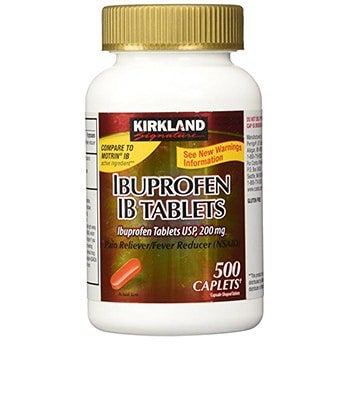
Sleep Tips For Pain Relief
Anything you do mention above that helps alleviate pain will of course help with your overall sleep quality, but there are some tips that can help with your overall sleep, in general, you should consider.
Support your natural circadian rhythm, your internal alarm clock that helps determine when you should naturally rise each morning, and sleep. Staying on a schedule provides peace of mind, as well as natural mental and physical stimulations for your body to ready itself for your day.
Keep a sleep diary to track how you slept and what pains you may have experienced. Consider tracking what you have eaten and steps you have taken to help alleviate pain to determine what could be helping, or hindering your comfort each night.
Turn off all televisions, tablets, and phones at least an hour or more before bed to naturally stimulate melatonin, the sleep hormone that helps you rest.
Sleep cool to aide in inflammation, and also better support your sleep cycle. Your body naturally cools each night as energy is focused towards both mental and physical healing.
Consider a sleep study if you are unable to claim back your nights to see if you have any other underlying issues such as sleep apnea, or restless leg syndrome which may wake you and cause your pain to become more noticeable.
Place a pillow beneath sore joints to help cushion and provide support. Body pillows can be effective in helping with sore knee and hip joints if you are a side or stomach sleeper.
Best Bedding for Arthritic Pain
What you sleep upon may make a big difference in your overall comfort and pain relief. Of course, this varies from one person to the next depending on their local of pain, type of pain, and severity of pain, but there are many suggestions available to help with your overall comfort.
The biggest issue to address is applied pressure on joints. Arthritic inflammation already creates joint tenderness and pressure, so anything that adds to that is sure to be uncomfortable. What follows is a list of suggested comforts that have been used in the bedding industry to help address the needs for various disabilities.
Adjustable beds are ergonomic and may lift or lower the head or foot (or both) to provide a more comfortable sleeping position. These beds may also aide in helping you get into and out of bed by raising up certain parts of your body.
Memory foam mattresses are known for their contouring which helps alleviate pressure points and distribute body weight. These may take on the form of your body to provide comfort, although occasionally they may be difficult to get out of if the contouring sink is too deep.
Firm mattresses are often used by anyone experiencing back pain to help support heavier points on your body, such as shoulders and hips, and allow for natural curvature of the spine without placing undue stress upon it.
Neck support pillows can also support spinal health. These may be bought in special shapes that conform to your sleep position, or made of memory foams as well.
As mentioned, body pillows can help provide relief by cushioning sore joints. These can be bought in many different shapes that help cradle your body and provide weight distribution where needed.
Positioning aides, such as bed wedges for your back, legs, or neck, and knee separating pillows may all be incorporated into your bedding to provide support to rest upon or against, and to help alleviate joint pressure.
Other types of aides, such as hand blocks and supportive bars can also be used alongside beds to help in sitting and standing when joints are stiff and have lack of motion.
You may be interested in: Best Orthopedic Pillows: Sleep Pain-Free with Proper Alignment
Conclusion
Struggling to rest at night is a common occurrence amongst arthritis sufferers, but you don’t need to accept this discomfort night after night as a way of life. Understanding your symptoms with the help of your doctor, and having a plan for treatment should be your first step in alleviating pain. There are many steps you can incorporate into your daily schedule to help support your overall health, reduce symptoms, and get you resting easier for your body to better cope and heal from the stress arthritis causes upon it.
Consider diet, exercise, and you sleep comfort to better address the issues surrounding a poor night’s sleep, and make adjustments until you find what best works for you.



